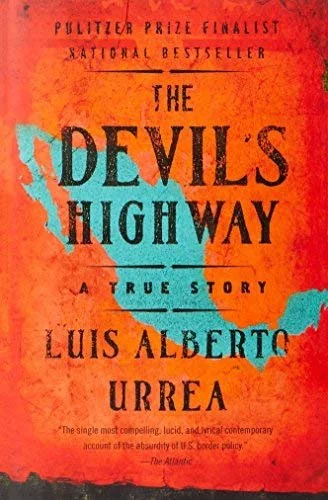The Devil’s Highway
I can't tell you how many times I've crossed the border at Lukeville-Sonoyta. Coming and going, we've got to be well into the dozens of crossings by now. The well-armed Mexican marines on the south side, the drug-sniffing dogs heading north, it's all become routine.
During those four-hour drives between our home in Tempe and 1MISSION's basecamp in Puerto Peñasco, I've come to love the severe beauty of the Sonoran desert. The harshness of the landscape is obvious, even from the driver's seat of a climate-controlled Subaru. But with time and attention – and a little help – I've started to appreciate the beauty too.
There's a lot more harshness than beauty in Luis Alberto Urrea's remarkable book The Devil's Highway. And rightly so. This is the true story about a group of men who crossed the border into that same desert I've so often admired. They crossed illegally, on foot, just west of Lukeville-Sonoyta, in triple-digit temperatures. With a coyote who got them lost. Fourteen of them died.
The events in this book took place nearly 20 years ago. This was pre-9/11. It was pre-Trump. A lot has changed since then. But the book still feels timely and worthwhile. Urrea manages to humanize not just undocumented immigrants but Border Patrol agents as well, while deftly revealing the maddening absurdity of immigration policy and enforcement. The afterword, added in 2013, provides some helpful clarification on Urrea's more provocative storytelling decisions.
I still want to appreciate the beauty of the desert. But on my next drive across the border, I'll say a prayer for the people whose hard lives have led them there.
